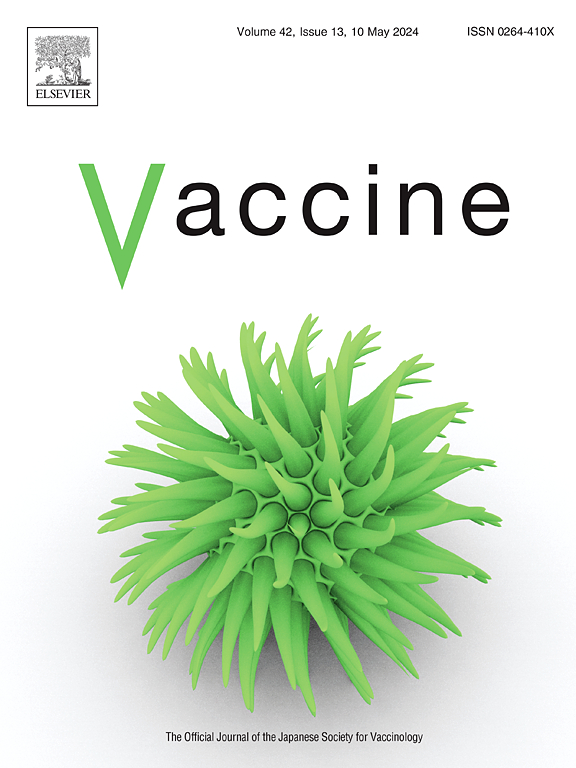Advancing typhoid conjugate vaccine implementation in Asia: Regional policy priorities
IF 4.5
3区 医学
Q2 IMMUNOLOGY
引用次数: 0
Abstract
Typhoid fever, a type of enteric fever transmitted through consumption of food or water contaminated with Salmonella enterica subspecies Typhi, continues to cause illness in Asia. Since the World Health Organization recommended use of typhoid conjugate vaccines in 2018, several countries have introduced or begun the decision-making process to use the vaccine in campaigns or by introduction into the routine immunization schedule. This paper describes the disease burden and vaccine implementation policy setting in the region, based on presentations and discussions at the second Asia Regional Meeting on Typhoid & TCV. Moving forward, typhoid control efforts must prioritize 1) working across health and finance ministries to finance vaccination programs, 2) strengthening surveillance to better understand disease burden, drug resistance trends, and vaccine impact, 3) developing improved diagnostic tests, 4) stewarding antimicrobial use to slow the spread of drug resistance, and 5) evaluating the durability of TCV protection.
推进伤寒结合疫苗在亚洲的实施:区域政策重点。
伤寒是一种通过食用被伤寒沙门氏菌亚种污染的食物或水传播的肠道热,在亚洲继续引起疾病。自世界卫生组织于2018年建议使用伤寒结合疫苗以来,一些国家已经引入或开始了在运动中使用该疫苗或将其纳入常规免疫计划的决策过程。本文根据在第二届亚洲伤寒和TCV区域会议上的介绍和讨论,描述了该区域的疾病负担和疫苗实施政策制定。展望未来,伤寒控制工作必须优先考虑:1)与卫生和财政部门合作,为疫苗接种计划提供资金;2)加强监测,更好地了解疾病负担、耐药性趋势和疫苗影响;3)开发改进的诊断测试;4)管理抗菌素的使用,以减缓耐药性的传播;5)评估TCV保护的持久性。
本文章由计算机程序翻译,如有差异,请以英文原文为准。
求助全文
约1分钟内获得全文
求助全文
来源期刊

Vaccine
医学-免疫学
CiteScore
8.70
自引率
5.50%
发文量
992
审稿时长
131 days
期刊介绍:
Vaccine is unique in publishing the highest quality science across all disciplines relevant to the field of vaccinology - all original article submissions across basic and clinical research, vaccine manufacturing, history, public policy, behavioral science and ethics, social sciences, safety, and many other related areas are welcomed. The submission categories as given in the Guide for Authors indicate where we receive the most papers. Papers outside these major areas are also welcome and authors are encouraged to contact us with specific questions.
 求助内容:
求助内容: 应助结果提醒方式:
应助结果提醒方式:


